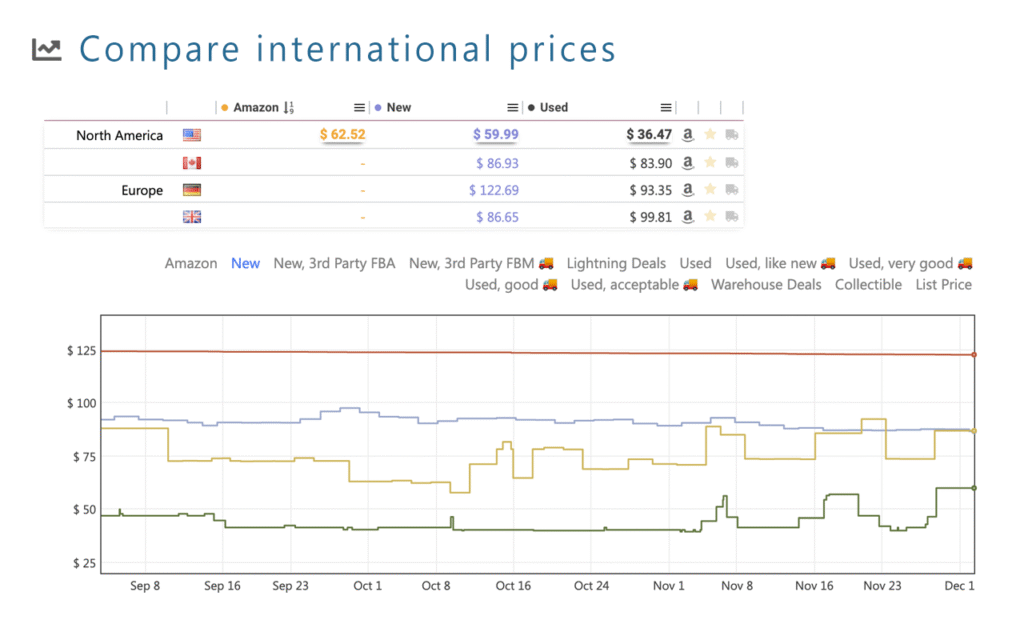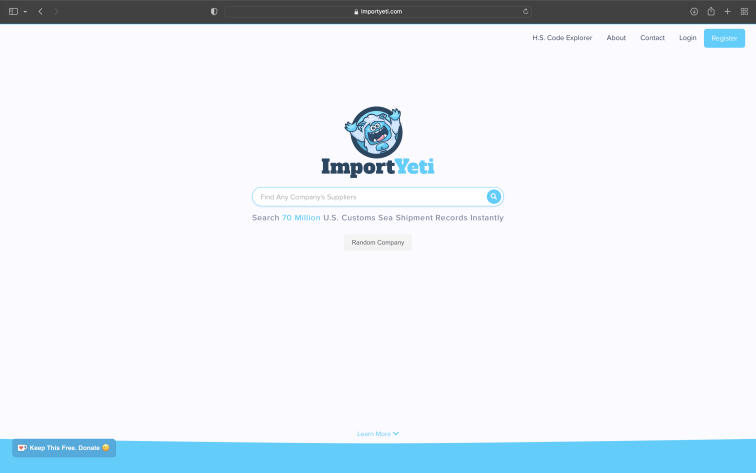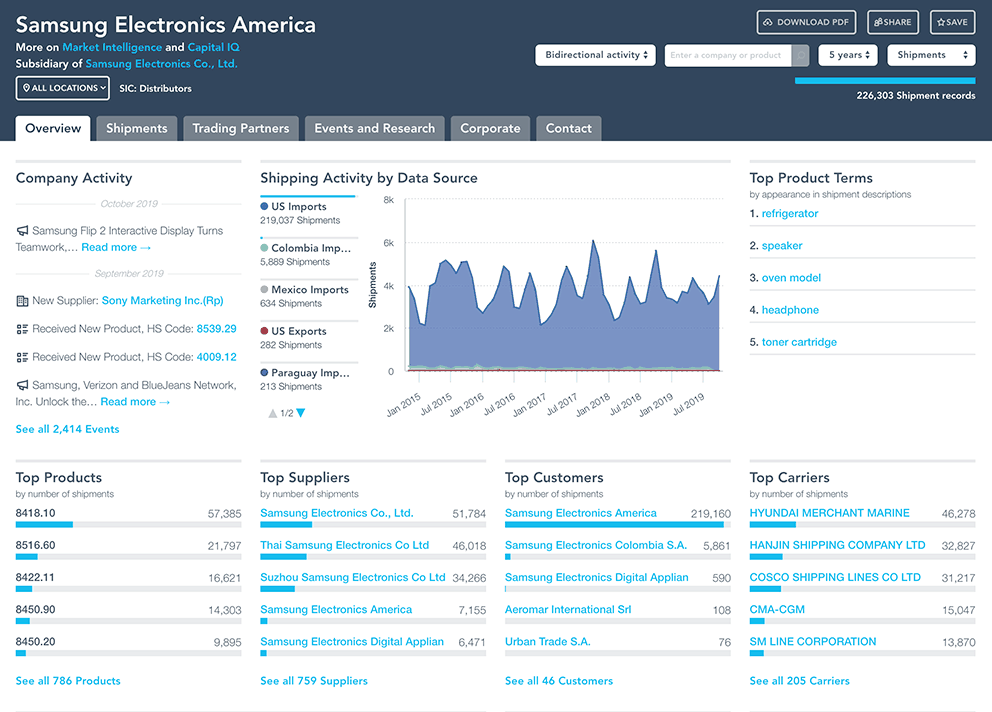In a world of fluctuating costs, sudden trade policies, and dynamic online marketplaces, staying ahead of pricing changes is essential—whether you’re a consumer, business owner, or global trader. That’s where a tariff price tracker comes into play.
These tools help monitor tariffs, price increases, and product costs across markets, including platforms like Amazon, shipping services, raw materials, and international trade goods. Whether you’re a small retailer managing import duties or an everyday shopper checking for the next Amazon deal, using a reliable price tracker for tariffs can save money and reduce financial risk.
This guide explores what a tariff price tracker is, how it works, and how to choose the right one for your needs.
📊 What Is a Tariff Price Tracker?
A tariff price tracker is a digital tool or software platform that tracks real-time or historical price data related to tariffs or products affected by tariffs. These tools are often used to monitor:
- International import/export tariffs
- Government-imposed tax changes on goods
- Consumer product prices (especially on e-commerce platforms like Amazon)
- Price increases due to trade policy changes
While traditional price trackers focus mainly on retail pricing trends, a tariff price increase tracker gives insights into the broader economic factors influencing costs.
🌍 Why Tariff Price Tracking Is Important
Tracking tariffs and their impact on prices is crucial for several groups:
✅ For Consumers:
- Identify when prices are rising due to tariff hikes
- Shop smart by comparing international vs. local costs
- Use tools like an Amazon price tracker tariff to avoid overpaying
✅ For Retailers:
- Adjust product pricing in response to new import duties
- Monitor competitor pricing changes
- Anticipate increased supply chain costs
✅ For Global Traders & Manufacturers:
- Analyze the effect of foreign tariffs on raw material prices
- Track cost changes across multiple regions and shipping lanes
- Forecast profit margins based on tariff fluctuations
In a global economy, tariff-driven price shifts can impact everything from iPhones to soybeans. That’s why having access to real-time price tracking linked to tariff data is becoming a business necessity.
🛠️ How Does a Tariff Price Tracker Work?
Modern tariff price trackers combine multiple data sources to provide users with an overview of price changes and potential causes. Here’s how they typically operate:
- Data Collection: They pull pricing data from APIs, public trade records, government customs data, and retail platforms.
- Tracking Algorithms: Smart algorithms detect price fluctuations tied to tariff changes, trade bans, seasonal surges, or raw material shortages.
- User Alerts & Dashboards: You get alerts on price changes, trends, and forecasts through a user-friendly interface.
Some tools even offer AI-driven analysis that predicts future tariff-related price spikes or lets users compare historical price patterns during past tariff hikes.
💻 Best Tools and Platforms for Tariff and Price Tracking
Whether you’re monitoring local price changes or global trade impacts, here are some tools designed to help:
1. Keepa – Amazon Price Tracker with Tariff Relevance

Keepa is a popular Amazon price tracker that helps users monitor product price history, deals, and shipping fees. While it doesn’t track tariffs directly, it becomes especially useful when tariffs cause product prices on Amazon to rise.
- Features:
- Track historical price changes
- View price graphs for different countries
- Detect tariff-driven spikes in imported goods
Use Case: Want to know if your favorite laptop’s price increased due to an import duty? Keepa will help you spot the trend.
Visit Keepa
2. ImportYeti & Panjiva – Global Tariff Monitoring for Businesses


Both platforms monitor shipping, import/export data, and supplier relationships. They offer insights into international tariffs and how they’re impacting product pricing.
- Features:
- Track suppliers affected by tariffs
- Analyze volume of imports by company or product
- Identify regions affected by new trade policies
Use Case: A retailer sourcing electronics from China can assess how U.S. or EU tariffs are influencing cost per shipment and adjust pricing accordingly.
Visit ImportYeti Visit Panjiva
3. Google Sheets with Custom Scripts – DIY Tariff Price Tracker
For users comfortable with coding or spreadsheets, a custom Google Sheet can become a live tariff price tracker by integrating APIs from:
- Government tariff databases (e.g., USTR, EU TARIC)
- Amazon or eBay product APIs
- Currency exchange rates
- Shipping platforms
You can build alerts for when a certain product’s price crosses your threshold, factoring in shipping and tax fees tied to tariffs.
Also Read: Top Best Microphone for Streaming in 2025
📈 Understanding Tariff-Driven Price Increases
Tariffs aren’t always directly visible on a receipt, but they often sneak into the final price you pay. A tariff price increase tracker can show you how much of a price jump is due to trade policies or import taxes.
For example:
- A $100 product from China may incur a 25% tariff
- That adds $25 at the importer level
- Retailers pass on that cost—so your $100 item may become $140+
Over time, these increases add up—especially in tech, clothing, food, and auto parts.
💡 Use Cases for Tariff Price Trackers
🛍️ E-Commerce Sellers
- Track Amazon or eBay pricing for affected products
- Optimize pricing to stay competitive despite import cost increases
🌐 Global Traders
- Predict how international sanctions or tariff hikes will affect shipment pricing
- Decide whether to switch suppliers based on tariff rates
💼 Supply Chain Managers
- Adjust inventory or production based on expected tariff costs
- Pre-order shipments before known trade policy changes take effect
🧾 Everyday Consumers
- Use price tracker tools for Amazon to check when to buy or wait
- Save money by purchasing tariff-free or local alternatives
📊 Future of Tariff Tracking and Pricing Intelligence
As global trade becomes more unpredictable, more advanced tools are emerging:
- AI price forecasting: Predict tariff-related price hikes before they happen
- Blockchain integration: Improve supply chain transparency
- Custom alerts: Get notified when specific product categories hit price thresholds due to tariffs
- Dynamic pricing engines: Auto-adjust your prices based on live tariff data
Businesses and consumers alike are seeking smarter, faster ways to stay ahead of price shocks—and the tariff price tracker is the foundation of that effort.
🧾 Summary: Why You Need a Tariff Price Tracker
If you buy or sell products influenced by global trade, you’re already impacted by tariffs—even if you don’t realize it. Using a tariff price tracker, whether for personal shopping on Amazon or for managing a global inventory, puts you in control of price volatility.
Here’s a quick summary of how these tools help:
| Feature | Benefit |
| Real-time price tracking | Avoid overpaying or underselling |
| Tariff impact analysis | Know what’s driving cost changes |
| Alerts for price hikes | React fast to tariff-related increases |
| Market intelligence | Improve purchasing and sourcing decisions |


